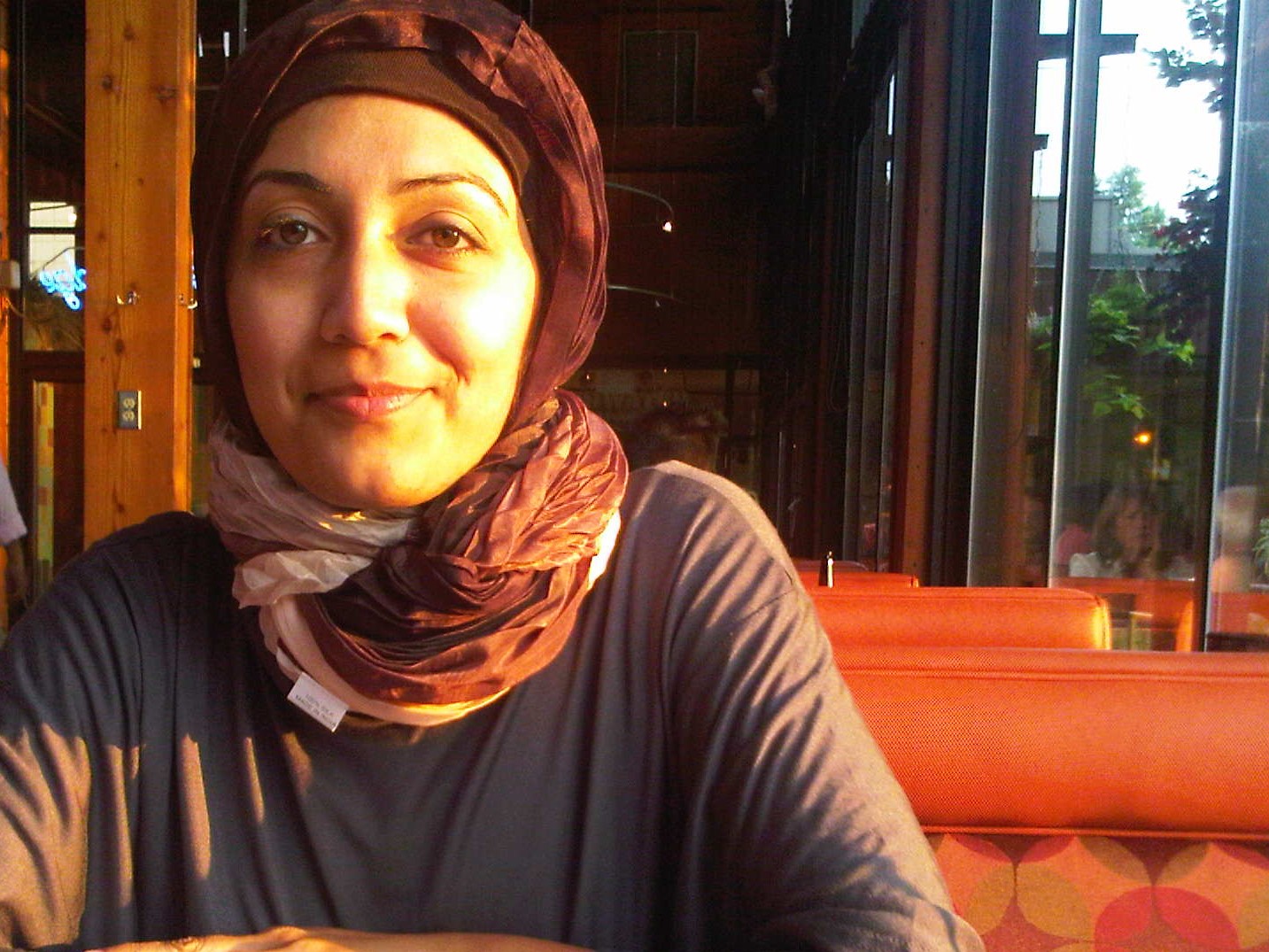Interview with Farah Ali
by Elizabeth DeMeo
In “Loved Ones,” Zara and Hassan are often speaking without really saying what they’re feeling, or listening to one another without actually hearing what’s being said. There’s a kind of layer of remove between them that I’ve seen displayed in other stories of yours as well. Are you conscious of this layer when writing dialogue? What do you think it offers in terms of characterization?
I think it’s typical of relationships that are in trouble, or show symptoms of trouble, when people have become sucked into themselves so much they can’t hear the other person anymore. When this happens in my stories, people speak but their words glance off each other instead of making contact. What does this tell about them? Probably that they are now in the process of mentally detaching from the other person.
Many of your female characters share a voyeuristic quality, particularly when they look at other women—I'm thinking here of Saba in “The Effect of Heat on Poor People,” looking at the women in her office building, or Zara from “Loved Ones” looking at the women in the park. As a fellow writer, I feel at home in these minds of these women, and my guess is that other writers do as well. Do you think all writers, to a certain degree, are voyeurs? Can we help it?
I don’t know how writers can help being voyeuristic, at least some of the times. We might want to magnify a part of us in another body.
“I don’t know how writers can help being voyeuristic, at least some of the times. We might want to magnify a part of us in another body.”
The way you are able to find, in exchanges that are typically cold and impersonal, moments of intimacy and vulnerability—really, extremely human moments—is one of my favorite qualities of your work (to offer two examples: the details shared between the American consular officer and the couple from Karachi in “Foreigners,” and the insights from the disembodied guidebook voice in “Tourism”). What do you think it is about these kinds of voices and these kinds of situations that make you want to explore them on the page?
Maybe because these other characters are a bit like a release valve for the main people in those stories. To keep them from falling over the edge completely. Because they are so distraught at not getting from their main relationships what they need. They need those other people.
I find that you’re excellent at crafting physical spaces that can create or highlight tension (the missing knives in Zara’s kitchen in “Loved Ones,” the plastic partition in “Foreigners,” the arrangement of the school staff room in “Heroes”…). I’m curious to what degree the spaces in which your stories take place inform what happens plot-wise. Do you ever begin with setting and work your way towards plot?
I think it would be more accurate to say that sometimes the location and the plot are completely linked, and in other stories there is a moment that occurs in a specific place. In the former case, I begin with the setting. The rooms or the roads propel the people toward doing what they do. The places are like enablers. In the latter case, the narrative zooms in on something which lets me see what a character is capable of doing next. This sometimes surprises me.
“I begin with the setting. The rooms or the roads propel the people toward doing what they do. The places are like enablers.”
Your female characters often remind me of characters from an Alice Munro story in the way that they resign (or grapple with resigning) themselves to a particular person or situation. To give an example, the narrator of Munro’s story “Amundsen” feels very much to me in conversation with Saba from “The Effect of Heat on Poor People.” In this vein, I’m interested in learning which writers—whether Munro or others—inspire you.
One of the first Munro stories I read was “Runaway.” The choice the woman made struck me as one of incredible resignation. And Vivien in “Amundsen” was even more passive. I find these traits in Munro’s women recognizable, and I somehow feel even more warmed to them by the story’s end. This is how they deal with their worlds; things don’t come crashing to a desperate end; compromised lives go on. And the women in Grace Paley’s stories—getting into their worlds is like being dunked underwater. Brian Evenson, Kazuo Ishiguro, their works have different paces but how they draw you in. One grabs you and the other slowly pulls you. I love words by Sylvia Plath, Mahmoud Darwish, Zeina Hashem Beck.
FARAH ALI's "Loved Ones” can be read in the Fall 2018 issue. She is from Karachi, Pakistan. Her recent work is found in Kenyon Review Online, Ecotone, The Southern Review, and elsewhere. She received a special mention in the 2018 Pushcart anthology for a story published in the J Journal and was the winner of the Colorado Review’s 2016 Nelligan Prize. She can be reached on Twitter @farahali06.
ELIZABETH DEMEO is the Managing Editor of the Arkansas International and a fourth year MFA student in the University of Arkansas Program in Creative Writing & Translation. A former intern for Tin House, she is also the director of the Arkansas Writers in the Schools program. Her essay "The Making of Marble House Girls" is forthcoming in Indiana Review.


